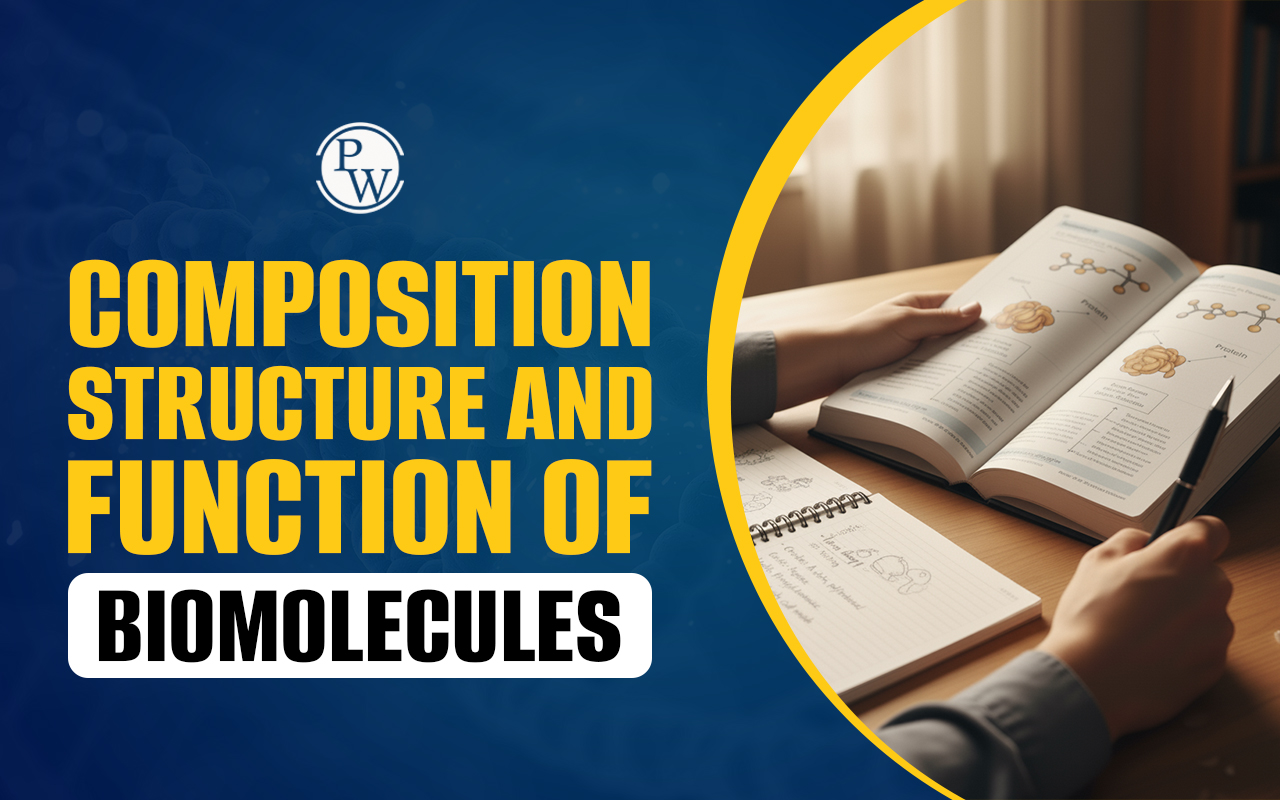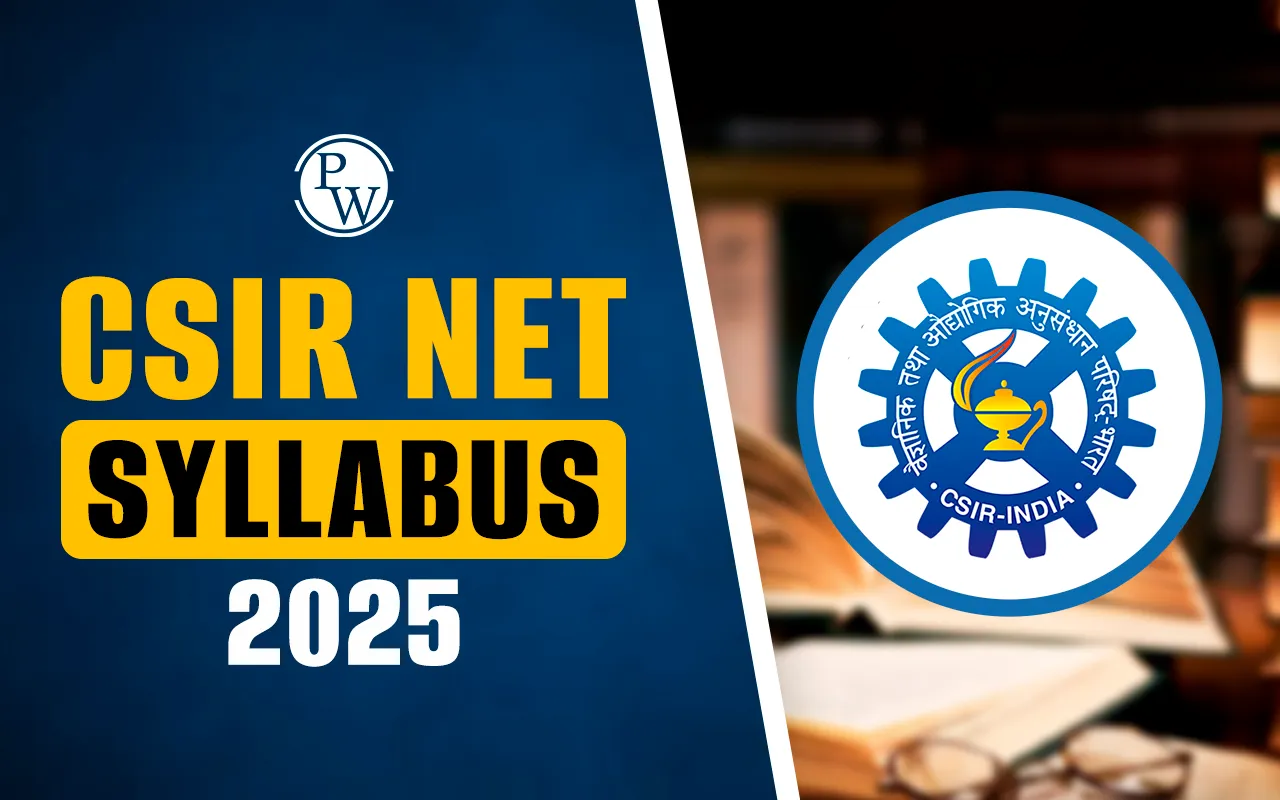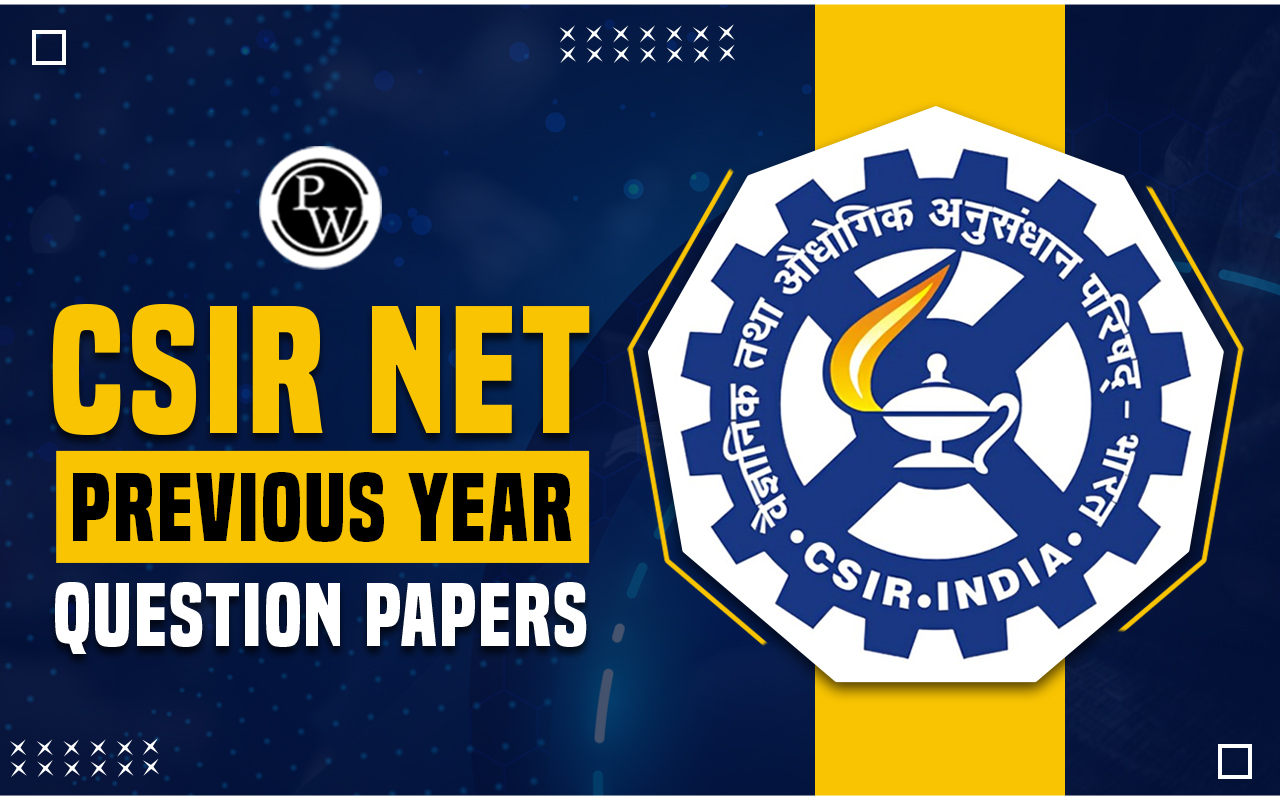
CSIR NET (Council of Scientific and Industrial Research National Eligibility Test) and UGC NET (University Grants Commission National Eligibility Test) are two prominent competitive examinations in India, each serving distinct but overlapping purposes in higher education and research. While both exams offer opportunities for academic and research-oriented careers, they differ in several aspects. This comprehensive comparison will delve into the key distinctions and similarities between CSIR NET and UGC NET, helping candidates make informed choices based on their academic interests and career aspirations. From eligibility criteria to examination formats and career prospects, we will explore the nuances that set these two examinations apart.
About CSIR NET vs UGC NET
UGC NET and CSIR NET exams are annual national-level examinations conducted by the National Testing Agency (NTA) to qualify candidates for lecturership in Indian universities and colleges. Despite sharing the same objective, these exams have notable differences. This article aims to understand both exams, highlighting their distinctions and similarities comprehensively. Prospective candidates are encouraged to review the information provided below and apply accordingly. The December cycle of UGC NET is anticipated to occur in December, with notifications expected to be released in September/October 2023. For updates, candidates are advised to monitor the official website, ugcnet.nta.nic.in, where the NTA will soon release the UGC NET notification.
CSIR NET vs UGC NET Conducting Authorities
The primary distinction between UGC NET and CSIR NET lies in their conducting bodies. UGC NET is organized by the National Testing Agency (NTA) on behalf of the University Grants Commission. Conversely, CSIR NET (Council of Scientific and Industrial Research National Eligibility Test) is overseen by the Council of Scientific and Industrial Research.
| Exam Name | Exam Conducting Body |
| CSIR NET Exam | Council of Scientific and Industrial Research (CSIR) |
| UGC NET Exam | National Testing Agency (NTA) |
CSIR NET vs UGC NET Eligibility Criteria
The mode of examination distinguishes UGC NET and CSIR NET significantly. Aspiring candidates need to recognize this difference. CSIR NET is conducted offline, where candidates use pen and paper to mark their answers on OMR sheets. In contrast, UGC NET is conducted online as a computer-based test (CBT). Understanding these distinctions is crucial for effective exam preparation and performance.
| Eligibility Criteria | UGC NET | CSIR NET |
| Educational Qualification | Minimum 55% marks (General) and 50% (SC/ST/PwD) in Master’s Degree or equivalent from UGC-recognized institutions in specified subjects. | Minimum 55% marks (General) and 50% (SC/ST/PwD) in M.Sc./BS-4 Years/Integrated BS-M/BE/B-Tech/MBBS/B-Pharma. |
| Candidates in Final Year | Candidates pursuing a Master’s degree or equivalent or those awaiting final exam results can apply. | Candidates pursuing a Master’s degree or equivalent or those awaiting Master’s final year exam results can apply. |
| Age Limit for JRF | Up to 30 years with relaxation for specified categories. | Up to 28 years with relaxation for specified categories. |
| Age Relaxation | Up to 5 years for SC/ST/OBC-NCL/women/armed forces personnel/PWD/transgender/researchers. 3 years for L.L.M. degree holders. | Up to 5 years for SC/ST/PWD/women and 3 years for OBC-NCL. |
| Age Limit for Assistant Professor | No upper age limit. | No upper age limit. |
CSIR NET vs UGC NET Mode
The examination mode differs significantly between UGC NET and CSIR NET, and it's crucial for candidates aspiring to qualify for these exams to understand these distinctions. In CSIR NET, the examination is held offline, using pen and paper, where candidates mark their answers on OMR sheets. Likewise, the UGC NET is conducted online as a computer-based test (CBT), requiring candidates to respond to questions using a computer interface.
This difference in the mode of examination impacts the preparation strategies, as candidates need to adapt to the specific format of the exam they are appearing for. Aspirants must familiarize themselves with these modalities to perform effectively on exam day. Being aware of these distinctions aids in focused and targeted preparation, ensuring candidates are well-equipped to tackle the challenges posed by their respective exams.
CSIR NET vs UGC NET Exam Pattern
When it comes to preparing for competitive exams like CSIR NET (Council of Scientific and Industrial Research National Eligibility Test) and UGC NET (University Grants Commission National Eligibility Test), understanding the syllabus is crucial. Both exams assess candidates in distinct areas, reflecting the varied career scopes they offer.
UGC NET 2023 Exam Pattern
The UGC NET 2023 is an online objective examination comprising two papers, each containing various questions. All questions in both papers follow a similar format, and no paper is considered failed.
| UGC NET Paper | Total Questions | Total Marks | Duration |
| I | 50 | 100 | 3 Hours |
| II (Subject Specialisation) | 100 | 200 | |
| Total | 150 | 300 | 3 Hours |
CSIR NET 2023 Exam Pattern
The UGC NET exam consists of a single question paper with three sections: Part A, Part B, and Part C. Different subjects have specific marking systems. In contrast, for the CSIR NET Exam, there is a penalty of 25% for every incorrect answer. The CSIR NET Exam is scheduled for three hours.
| Section | Subject | Total Marks | No. of questions | Negative marking | Maximum no. of questions to be attempted |
| Part A | General Aptitude | 30 (2 For every subject) | 20 (for every subject) | 0.5 (for every subject) | 15 (for every subject) |
| Part B | Subject Paper | 70 (2-3.5 (subject wise) | 25-50 (subject-wise) | 0.5-0.875 (subject wise) | 20-35 (Subject-wise) |
| Part C | Scientific Concepts | 100 (4-5 (subject wise) | 30-75 (subject-wise) | 1-1.32 (subject wise) | 20-25 (Subject-wise) |
CSIR NET vs UGC NET Syllabus
When it comes to preparing for competitive exams like CSIR NET (Council of Scientific and Industrial Research National Eligibility Test) and UGC NET (University Grants Commission National Eligibility Test), understanding the syllabus is crucial. Both exams assess candidates in distinct areas, reflecting the varied career scopes they offer.
| Category | UGC NET | CSIR NET |
| Number of Subjects | 95 | 5 |
| Name of Subjects | 81 subjects, excluding the science field. |
|
CSIR NET vs UGC NET Career Scope
Regarding pursuing a career in academia and research in India, two prominent exams stand out: CSIR NET and UGC NET. These exams open doors to diverse and rewarding career paths, yet they differ significantly in their focus and scope.
| UGC NET vs CSIR NET: Career Scope | ||
| Determinant | UGC NET | CSIR NET |
| Working at | Colleges, academic research institutes | Scientific Government Laboratories, academic research entities in Science |
| Areas of functioning | Humanities, Education, History, and more | Science & Mathematics |
| Appointment | Academic institutes across India | Research institutes across India |
| Posts | JRF (Junior Research Fellow), SRF (Senior Research Fellow), PF (Project Fellow), SPF (Senior Project Fellow), PA (Project Assistant/Associate), SPA (Senior Project Assistant/Associate), Author Senior Author, Project Manager Project Head | Scientist B, Scientist C, Scientist D, Scientist E, Scientist F, Scientist G, Scientist H, Distinguished Scientist, Secretary DRDO, DG R&D and Scientific Adviser to Raksha Mantri (SA to RM) Also work as Junior Research Fellow, Senior Research Fellow, Assistant Professor, Associate Professor, Professor |
CSIR NET vs UGC NET Similarities
Here are some of the key similarities between CSIR NET and UGC NET:
- Common Objective: Both the UGC NET (University Grants Commission National Eligibility Test) and CSIR NET (Council of Scientific and Industrial Research National Eligibility Test) exams share a common objective. They are conducted to identify and recruit candidates for two primary roles: Junior Research Fellowship (JRF) and Assistant Professorship. This dual purpose allows successful candidates to pursue research careers or enter the academic field as Assistant Professors.
- Qualifying Criteria: The qualifying process for both UGC NET and CSIR NET is notably similar. In both exams, the top performers are selected based on their percentile ranking. Typically, the top 6% of candidates are eligible for the Assistant Professor role, and the top 2-3% qualify for JRF (Junior Research Fellowship) and Assistant Professor roles. This competitive process ensures that only the most meritorious candidates are selected for these prestigious positions.
- Biannual Examination: Both UGC NET and CSIR NET exams follow a biannual schedule, with examinations conducted twice a year. Typically, these exams are held in June/July and November/December. This frequency offers candidates two opportunities annually to attempt the exam and qualify for their desired roles.
- Assessment Criteria : Candidates' performance in UGC NET and CSIR NET exams is assessed two-fold. While UGC NET assesses candidates based on their proficiency in the General Aptitude segment and subject knowledge, CSIR NET evaluates candidates primarily on their subject-specific knowledge. This combination of assessment methods ensures that candidates are well-versed in their chosen subjects and possess the requisite general aptitude and reasoning skills.
These commonalities in the objectives, qualifying criteria, examination frequency, and assessment methods between UGC NET and CSIR NET highlight both examinations' rigorous and competitive nature. Candidates aiming to excel in these tests must prepare diligently and demonstrate expertise in their respective fields of study.
CSIR NET vs UGC NET FAQs
Which exam is better, CSIR NET or UGC NET?
Is clearing CSIR NET easy?
Which exam is easier, UGC NET or CSIR NET?
What is the mode of examination for UGC NET and CSIR NET?










